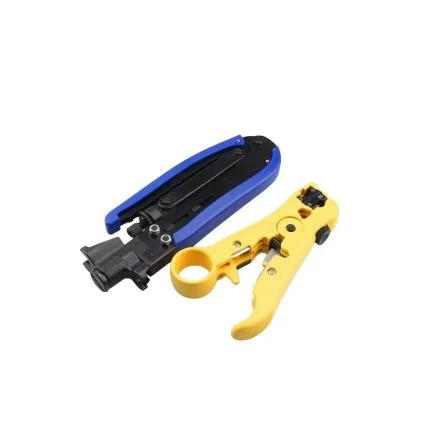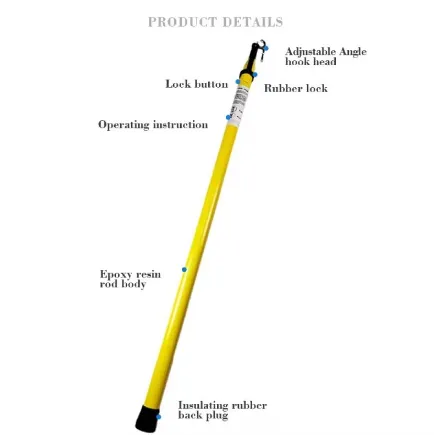
-
 Afrikaans
Afrikaans -
 Albanian
Albanian -
 Amharic
Amharic -
 Arabic
Arabic -
 Armenian
Armenian -
 Azerbaijani
Azerbaijani -
 Basque
Basque -
 Belarusian
Belarusian -
 Bengali
Bengali -
 Bosnian
Bosnian -
 Bulgarian
Bulgarian -
 Catalan
Catalan -
 Cebuano
Cebuano -
 Corsican
Corsican -
 Croatian
Croatian -
 Czech
Czech -
 Danish
Danish -
 Dutch
Dutch -
 English
English -
 Esperanto
Esperanto -
 Estonian
Estonian -
 Finnish
Finnish -
 French
French -
 Frisian
Frisian -
 Galician
Galician -
 Georgian
Georgian -
 German
German -
 Greek
Greek -
 Gujarati
Gujarati -
 Haitian Creole
Haitian Creole -
 hausa
hausa -
 hawaiian
hawaiian -
 Hebrew
Hebrew -
 Hindi
Hindi -
 Miao
Miao -
 Hungarian
Hungarian -
 Icelandic
Icelandic -
 igbo
igbo -
 Indonesian
Indonesian -
 irish
irish -
 Italian
Italian -
 Japanese
Japanese -
 Javanese
Javanese -
 Kannada
Kannada -
 kazakh
kazakh -
 Khmer
Khmer -
 Rwandese
Rwandese -
 Korean
Korean -
 Kurdish
Kurdish -
 Kyrgyz
Kyrgyz -
 Lao
Lao -
 Latin
Latin -
 Latvian
Latvian -
 Lithuanian
Lithuanian -
 Luxembourgish
Luxembourgish -
 Macedonian
Macedonian -
 Malgashi
Malgashi -
 Malay
Malay -
 Malayalam
Malayalam -
 Maltese
Maltese -
 Maori
Maori -
 Marathi
Marathi -
 Mongolian
Mongolian -
 Myanmar
Myanmar -
 Nepali
Nepali -
 Norwegian
Norwegian -
 Norwegian
Norwegian -
 Occitan
Occitan -
 Pashto
Pashto -
 Persian
Persian -
 Polish
Polish -
 Portuguese
Portuguese -
 Punjabi
Punjabi -
 Romanian
Romanian -
 Russian
Russian -
 Samoan
Samoan -
 Scottish Gaelic
Scottish Gaelic -
 Serbian
Serbian -
 Sesotho
Sesotho -
 Shona
Shona -
 Sindhi
Sindhi -
 Sinhala
Sinhala -
 Slovak
Slovak -
 Slovenian
Slovenian -
 Somali
Somali -
 Spanish
Spanish -
 Sundanese
Sundanese -
 Swahili
Swahili -
 Swedish
Swedish -
 Tagalog
Tagalog -
 Tajik
Tajik -
 Tamil
Tamil -
 Tatar
Tatar -
 Telugu
Telugu -
 Thai
Thai -
 Turkish
Turkish -
 Turkmen
Turkmen -
 Ukrainian
Ukrainian -
 Urdu
Urdu -
 Uighur
Uighur -
 Uzbek
Uzbek -
 Vietnamese
Vietnamese -
 Welsh
Welsh -
 Bantu
Bantu -
 Yiddish
Yiddish -
 Yoruba
Yoruba -
 Zulu
Zulu


TEL:
0086-311-88862036
Jan . 20, 2025 16:05 Back to list
Cable Clamp
In the realm of electrical grounding, the necessity of a secure and reliable connection cannot be overstated. As homes and businesses strive for electrical stability, the ground rod to cable clamp emerges as a pivotal component in ensuring safety and efficiency. This article delves into the intricacies of choosing, using, and maintaining this essential electrical product, drawing from expert knowledge and practical experience to enhance understanding and trust in its application.
The clamp must be placed securely around the ground rod, with the grounding cable positioned in the designated slot. Tightening the clamp requires precision; it should be secure enough to withstand physical disturbances, yet not too tight to avoid damaging the cable or rod. Professionals advise using a torque wrench to apply the manufacturer's recommended torque settings to prevent over-tightening. Maintenance Practices Regular maintenance of the ground rod to cable clamp is essential to ensure its long-term reliability. Seasonal inspections for signs of corrosion, damage, or loosening are advisable. If corrosion is detected, components may need to be cleaned or replaced to maintain the integrity of the grounding system. In volatile environments, implementing protective measures such as anti-corrosive sprays or rubber encasements can prolong the lifespan of the clamp. While self-inspections are feasible, enlisting the services of a professional electrician provides an added layer of assurance and expertise, particularly in identifying subtle issues that non-specialists might overlook. Case Study Enhanced Safety with the Right Clamp Consider a mid-sized manufacturing plant in a coastal region that experienced fluctuating power stability issues. Upon inspection, it was discovered that the original clamps used were made of an inappropriate alloy for the environment, leading to severe corrosion and compromised grounding. By replacing these with high-quality stainless steel clamps and instituting a robust maintenance protocol, the plant not only resolved its grounding issue but significantly reduced downtime and enhanced worker safety. Conclusion The ground rod to cable clamp is an essential product that epitomizes the intersection of electrical safety and engineering precision. Through informed selection, diligent installation, and regular maintenance, this humble component ensures effective grounding, protecting both people and property from electrical faults. Leveraging expert insights into its use not only embodies authority and expertise but also fosters trust and reliability in the safety measures underpinning electrical systems. As such, whether you're overseeing a large-scale industrial setup or a domestic electrical network, investing attention in the ground rod to cable clamp can yield manifold safety benefits.


The clamp must be placed securely around the ground rod, with the grounding cable positioned in the designated slot. Tightening the clamp requires precision; it should be secure enough to withstand physical disturbances, yet not too tight to avoid damaging the cable or rod. Professionals advise using a torque wrench to apply the manufacturer's recommended torque settings to prevent over-tightening. Maintenance Practices Regular maintenance of the ground rod to cable clamp is essential to ensure its long-term reliability. Seasonal inspections for signs of corrosion, damage, or loosening are advisable. If corrosion is detected, components may need to be cleaned or replaced to maintain the integrity of the grounding system. In volatile environments, implementing protective measures such as anti-corrosive sprays or rubber encasements can prolong the lifespan of the clamp. While self-inspections are feasible, enlisting the services of a professional electrician provides an added layer of assurance and expertise, particularly in identifying subtle issues that non-specialists might overlook. Case Study Enhanced Safety with the Right Clamp Consider a mid-sized manufacturing plant in a coastal region that experienced fluctuating power stability issues. Upon inspection, it was discovered that the original clamps used were made of an inappropriate alloy for the environment, leading to severe corrosion and compromised grounding. By replacing these with high-quality stainless steel clamps and instituting a robust maintenance protocol, the plant not only resolved its grounding issue but significantly reduced downtime and enhanced worker safety. Conclusion The ground rod to cable clamp is an essential product that epitomizes the intersection of electrical safety and engineering precision. Through informed selection, diligent installation, and regular maintenance, this humble component ensures effective grounding, protecting both people and property from electrical faults. Leveraging expert insights into its use not only embodies authority and expertise but also fosters trust and reliability in the safety measures underpinning electrical systems. As such, whether you're overseeing a large-scale industrial setup or a domestic electrical network, investing attention in the ground rod to cable clamp can yield manifold safety benefits.
Next:
Latest news
What Are Construction Tools and How Are They Used?
NewsJul.11,2025
Professional-Grade Duct Rodding Tools for Superior Cable Installation
NewsJul.11,2025
Enhancing Safety and Efficiency with Modern Hot Stick Solutions
NewsJul.11,2025
Empowering Cable Installation with Advanced Rodder Solutions
NewsJul.11,2025
Elevate Your Cable Installation Projects with Cable Pulling Tools
NewsJul.11,2025
Efficient Cable Handling Solutions: Cable Rollers for Sale
NewsJul.11,2025
Copyright © 2025 Shijiazhuang Bilo Import and Export Trading Co., Ltd. All Rights Reserved. Sitemap | Privacy Policy

BlLo lmport & Éxport is specialized in power and cable equipment andconsiruction tools,Qur main producis are FRP
duct rodder, cable rollerscable pulling winch, cable drum jack, cable pulling sock, etc.
Copyright © 2025 Shijiazhuang Bilo Import and Export Trading Co., Ltd. All Rights Reserved. Sitemap | Privacy Policy










